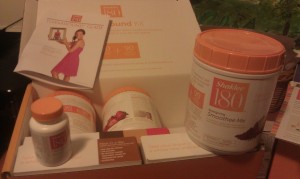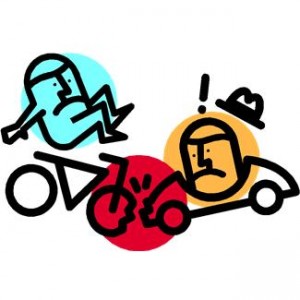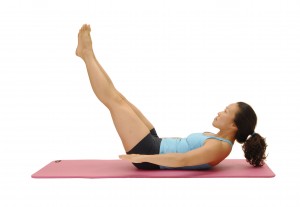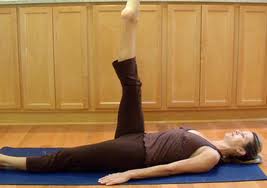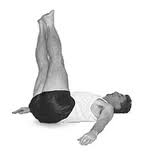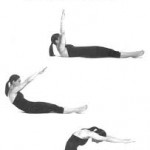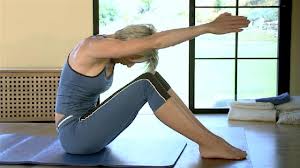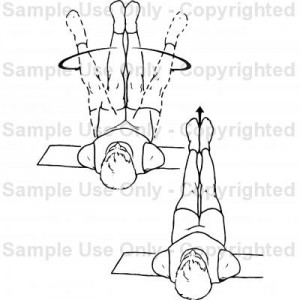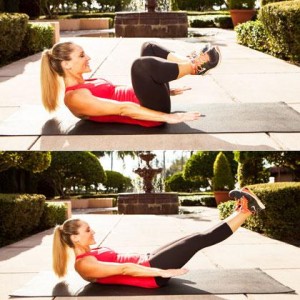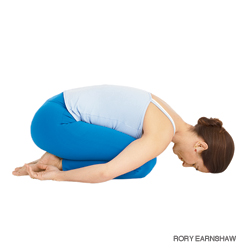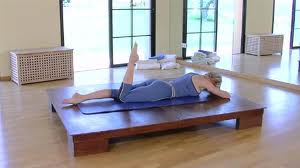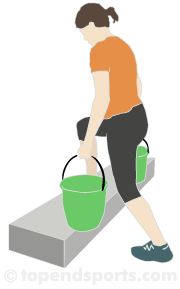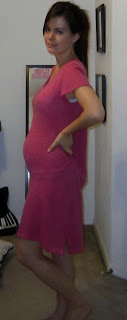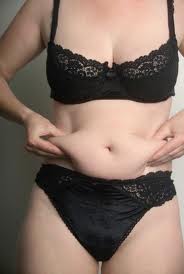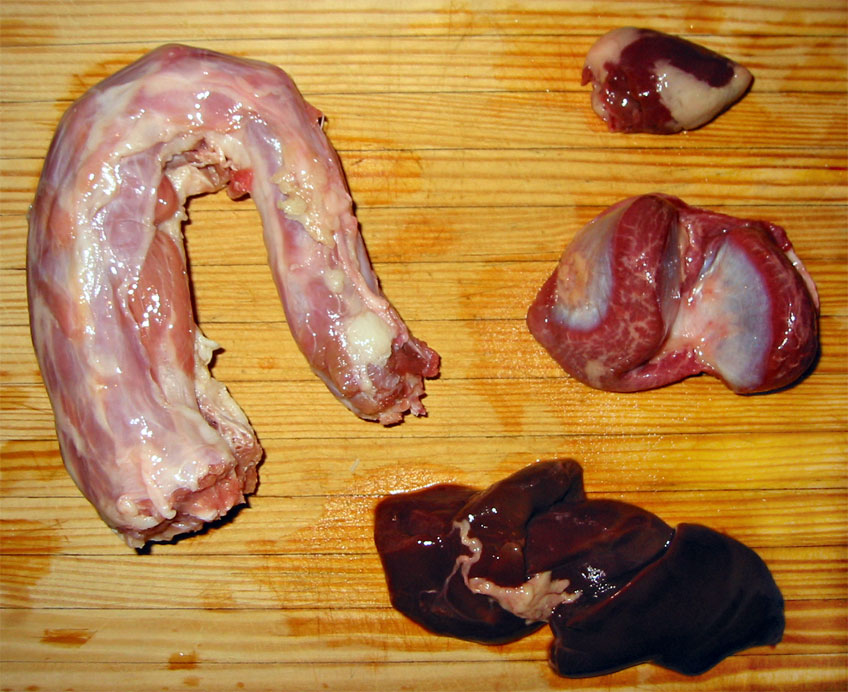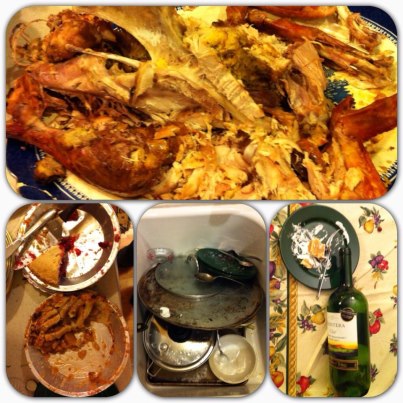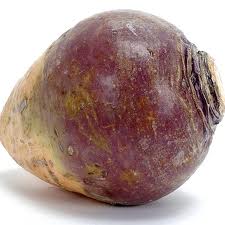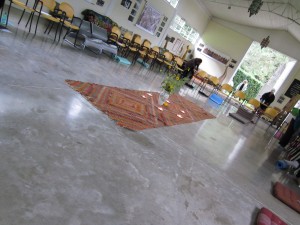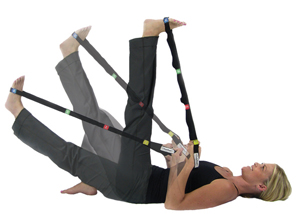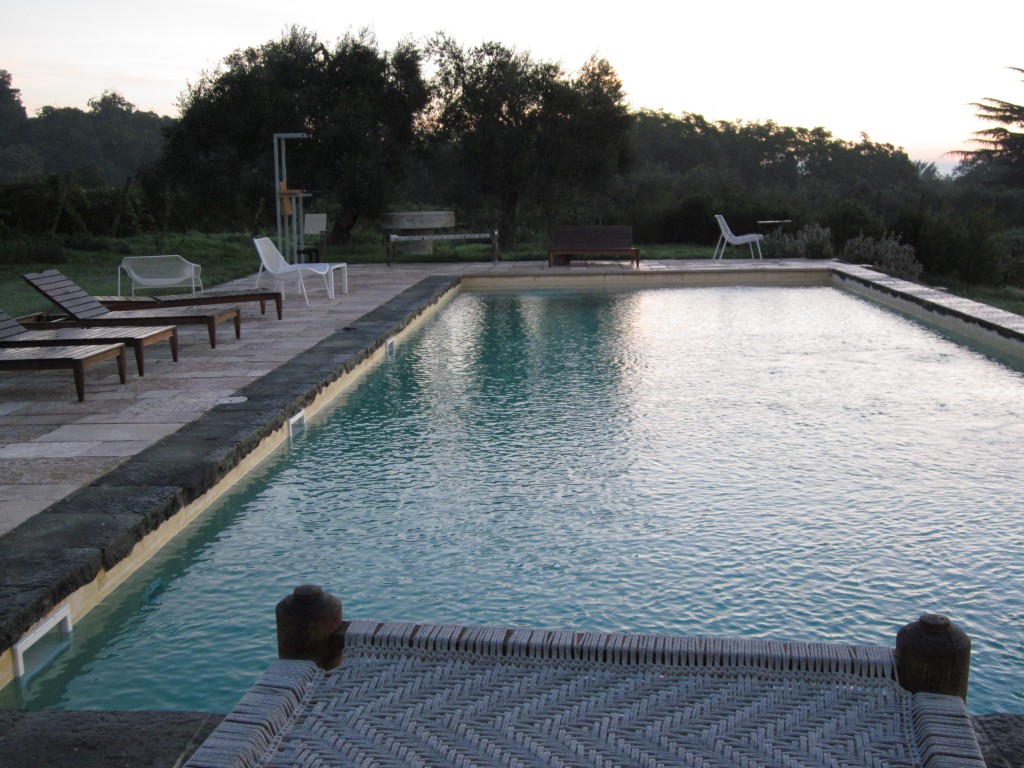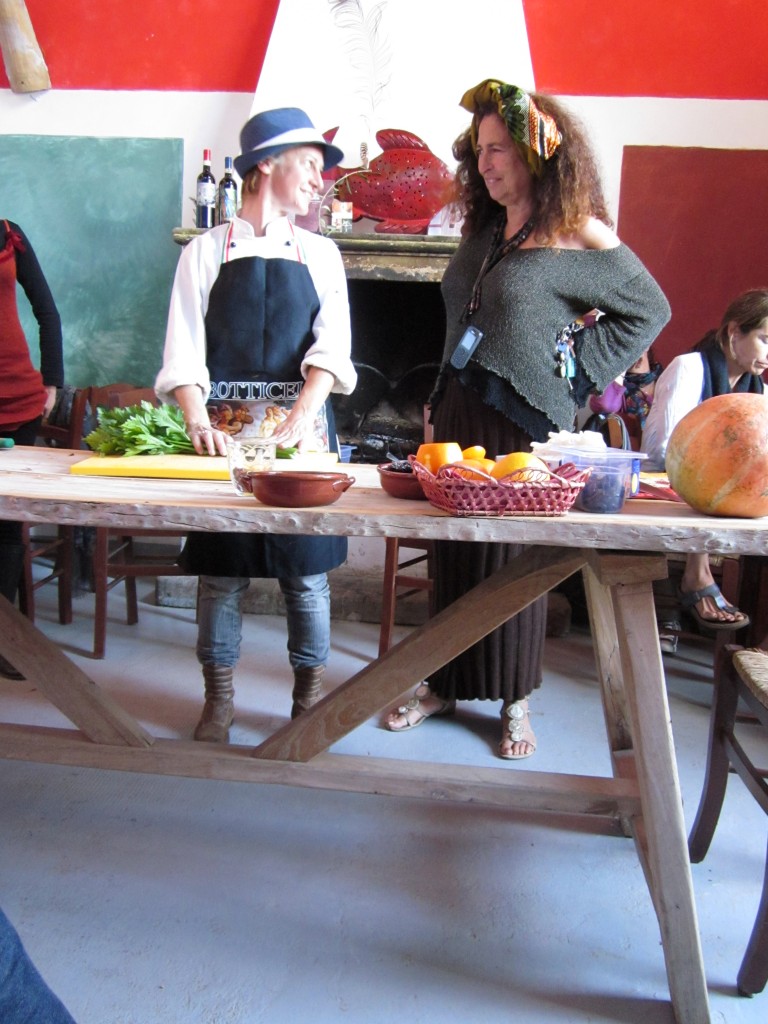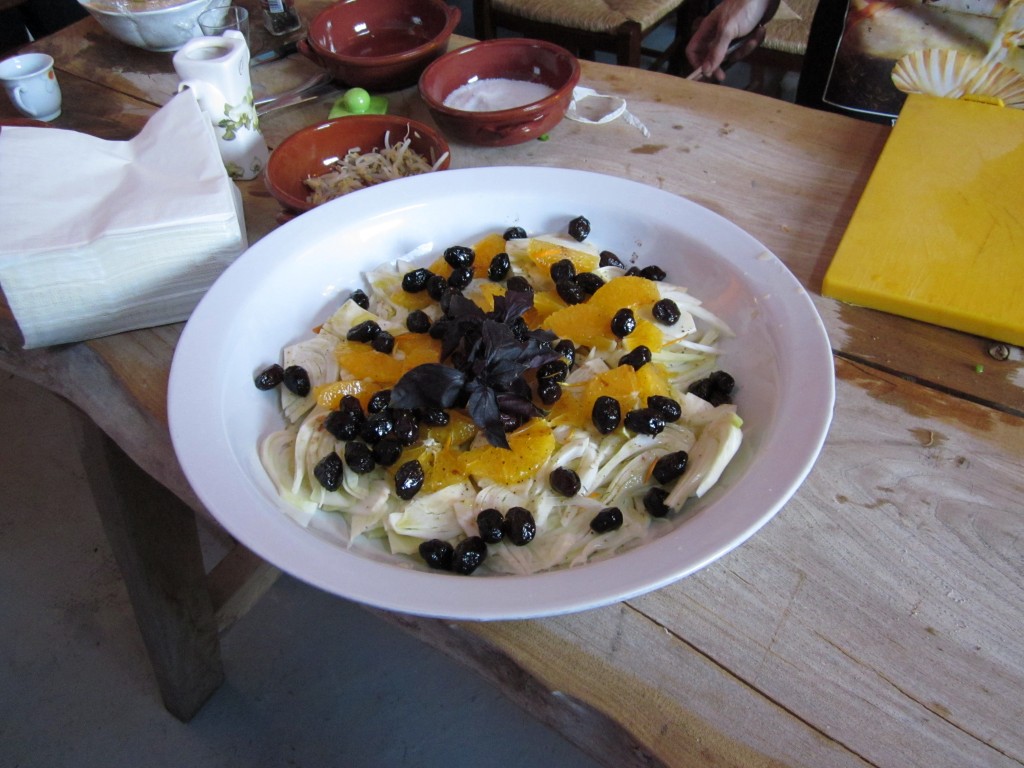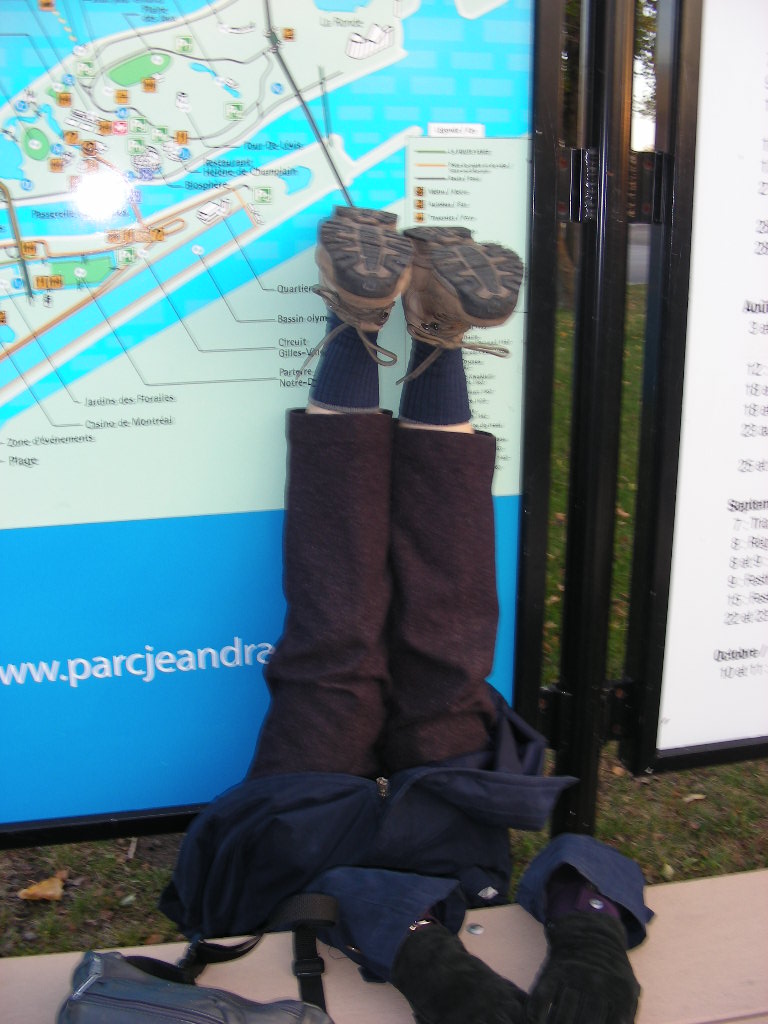Gentle reader,
How are you doing with those plans to take a few inches off? Are you starving yet? Are cravings getting the better of your will power? What’s this got to do with arthritis and joint pain, anyway?
The research has been done and is conclusive beyond a doubt that losing even 15 pounds (you may have 50 to 100 to lose) in any body will make a difference in the joints. Even people with severe osteoarthritis will experience relief from joint pain with the loss of 15 pounds. You may have lost that much and noticed. You may have put it back on again, and noticed an increase in arthritis pain.
A recent article in our Seattle based natural market, Puget Consumer Coop gives us a good understanding of cravings and why they are so difficult to eliminate. We are hard-wired as humans from the beginning of time to go for high-calorie food for our survival. When a bee hive was discovered in a high tree, no attempt was made to save it for tomorrow. The whole tribe ate all the honey they could harvest until it was gone. Just like that plate of cookies sitting on the counter. Or that pint of Ben and Jerry’s we were going to split into at least 5 servings spaced out over the next two and a half weeks. Gone in one sitting.
Then we beat ourselves up for lack of self control. Blame it on our chemistry. Salt, fat and sugar were scarce. We love eating them because they increase the feel good chemicals in our brain. For example, dopamine is neurotransmitter that high-fat foods increase regulating our reward and pleasure centers and making us happy. Who wouldn’t want that? Bring on the ice cream and the French fries.
Or maybe it’s the theobromine (found in chocolate) that gives us a pick me up when our brain and tail drag around 3 in the afternoon. That mocha latte is just the thing delivering caffeine, sugar and chocolate all in one gulp—feel good and get energized. I used to advise clients to eat a magnesium supplement to supply what chocolate cravings demand. The scientific thinking a few years ago was that cravings indicated a nutritional or emotional deficiency and something less unhealthy could be substituted for the same results.
You’re in luck, and so am I. Turns out it is wiser not to deprive yourself completely of these craved for foods. The more you deprive yourself, the more you crave. Once you give in to the craving, you can’t stop until the plate is empty. You may even head for the store to get a refill, more cookie dough that you might not even bother baking, or, let’s just pick up a gallon of that Rocky Road ice cream. I know a guy who holds back with great effort from eating peanut butter and then gives up with a great sign and is face down in the Adams jar with two cereal spoons. OMG I’ve been there and done that.
They even found that people who practice severe and rigid dietary restraint are more likely to be obese. That’s a yo-yo from deprivation to over-consumption.
| <———————————–The Hunger Scale——————————-> | ||||||||||
| 0 | 1 | 2 | 3 | 4 | 5 | 6 | 7 | 8 | 9 | 10 |
| Empty | Ravenous | Over hungry | Hunger pangs | Hunger Awakens | Neutral | Just Satisfied | Completely satisfied | Full | Stuffed | Sick |
Thanks to Kelly Morrow, MS, RD, registered dietitian and Associate Professor in the School of Nutrition and Exercise Science at Bastyr University for much of this information and the Hunger Chart. 1 and 2 equate to excess hunger and 9 and 10 are excess fullness. Start eating around 3 or 4 and stop when at a 7-8.
Two strategies can make a big difference in how these cravings get handled.
1. Ease up. Have a taste. Savor it. Before the cravings are so great they can’t be handled without an all-out binge. Be gentle with yourself and eat small portions of your comfort food.
2. Keep a food diary so you can really understand how moods, physical location, memories influence the desperate need for comfort foods. Once you have a clearer understanding of your body’s response to certain trigger situations, you can plan ways to disarm your craving, like take a walk.
My sugar craving was severe and the results caused me so much misery. I could not stay awake in an important lecture or concert any time of the day or evening after eating sweet rolls, cookies, muffins, toast and jelly. I would get up during a talk and walk around the back of the room to stay alert after a couple Costco bran muffins put me sound asleep. To this day when I go to an all day meeting or conference and they serve sweet bread-y things with juice and coffee, I don’t touch any of it. Instead I mix a protein smoothie in my room and drink it before showing up for the pre-event sugary snacks. They still tempt me. They look so good. But I’m not hungry because I have taken in a high protein drink and it’s easier to resist what I know will keep me from being alert to the content I want so much to hear.
Getting to this place was an arduous process for me. I had to eliminate all sugars, even fruit, for a while. Grapes still set me off as though I were eating Sugar Pops or M & M’s. Once I thoroughly re-programmed my craving buttons, I just don’t think about those trigger foods. I was just in Mexico for a couple weeks. One of the great pleasures all those years visiting at my parents’ lovely beach house in Manzanillo was the morning “pan dulce” delivery. Mother would buy several little cakes for each person. They were heavy with lard, flour and sugar, almonds and icing. This Christmas holiday spent in Puerto Vallarta, someone in our party bought a half dozen for the group. I had one small mouthful and remembered the pleasure of the past family gatherings AND the sluggish, heavy feeling those cakes produce. One bite was enough.
Another strategy I try to follow is eat by the clock and not by my hunger. Eating with cravings as the signal for meals can be difficult for a person devoid of normal hunger pangs. I can go for hours after breakfast and suddenly realize my brain is not functioning. I’m getting crabby. I must have something to eat RIGHT NOW. Keeping a nutritional protein bar in my purse or planning lunch as I finish breakfast is the best way I know to stay comfortably on the path of good eating.
Was the chocolate cake and flan in the Botanical Garden restaurant ever good! Sharing one serving with my sister-in-law was all I wanted. We ate steak fajitas before the desert.
I know many of you readers will have your own stories about how you have managed a healthy balance of sugar, fatty, salty foods in your life without becoming fanatic or over powered. Tell us your strategies. I have shared mine. They are not universal. We’d like to hear yours. The comment place is just below.
If this has been useful, feel free to share.
BTW I am having a brunch at my house in West Seattle on Saturday, Jan. 19th at 10:30-12n. and would be happy to have you join us. We’ll be presenting the 180 Turnaround weight management program. Better yet, we’ll be tasting the Smoothies, the bars, the tea and describing all the support material available to help you end the grip cravings have on your brain and consequently your health. A program that helps you feel satiety while your are changing your food habits can make a world of different in whether or not you are successful. I’d be glad to do the brunch vitually. Call me and we’ll set it up. Thanks in advance for your comments.
Fondly, Betsy
Be Well, Do Well and Keep Moving
BetsyBell’s Health4u
206 933 1889 1 888 283 2077
betsy@hihohealth.com
